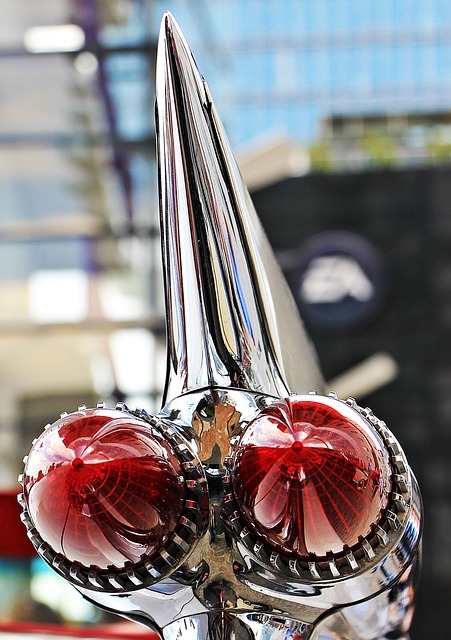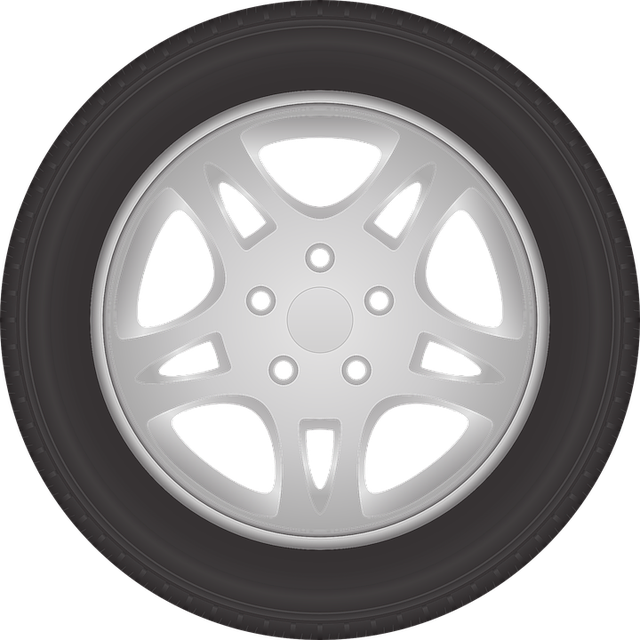Looking to register your car in California? This comprehensive guide walks you through the process step-by-step. First, understand California’s specific car registration requirements, which involve fulfilling certain conditions for eligibility. Next, gather all necessary documents for a crucial VIN (Vehicle Identification Number) verification, ensuring accuracy and authenticity. After passing this check, submit your application along with required fees to the DMV. Finally, receive your official California registration papers, marking the successful completion of the process. Don’t miss the critical step of VIN verification for a smooth registration experience.
- Understand California Car Registration Requirements
- Gather Necessary Documents for VIN Verification
- Perform Vehicle Identification Number (VIN) Check
- Submit Application and Fees to DMV
- Receive Your California Registration Papers
Understand California Car Registration Requirements

Before registering your car in California, it’s crucial to understand the state’s specific requirements for vehicle registration. One key aspect is ensuring that the Vehicle Identification Number (VIN) is verified accurately. This process, often facilitated by a mobile VIN verifier or mobile VIN inspection, checks the vehicle’s history and ensures it complies with California’s standards. A valid and accurate VIN is essential as it links to critical information about the car’s origin, maintenance records, and any prior accidents or issues.
California has stringent rules regarding vehicle safety and emissions, and these are checked during the registration process. You’ll need to present proof of insurance, a completed application form, and various other documents that verify your identity and vehicle ownership. Additionally, some vehicles might require emissions testing, especially older models, to ensure they meet modern environmental standards. A mobile VIN inspection can streamline this process by providing on-site verification, making it easier for you to navigate the registration requirements in California.
Gather Necessary Documents for VIN Verification

To register your car in California, you’ll need to go through a process known as VIN verification. First, gather all necessary documents related to your vehicle, including its Certificate of Title (if available), registration papers, and insurance proof. Additionally, ensure you have the Vehicle Identification Number (VIN) for your car, which is typically found on the vehicle’s chassis or in its service manual. This unique identifier is crucial for the vin inspection process.
Consider using a mobile vin verifier to streamline this task. These services allow you to quickly and conveniently obtain your VIN from your smartphone or computer, making it easier to verify your vehicle’s details before heading to the California Department of Motor Vehicles (DMV) office. This step ensures that all information is accurate, expediting the registration process.
Perform Vehicle Identification Number (VIN) Check

Before registering your car in California, it’s crucial to perform a Vehicle Identification Number (VIN) check. This step is essential for ensuring that the vehicle you’re looking to register is legitimate and has not been reported stolen or had its identity altered. A VIN verification helps verify the history of the car, including any previous accidents, recalls, or ownership changes.
In California, you can conduct a mobile VIN verification using specialized apps or services. These mobile vin verifiers offer convenient and quick inspections, allowing you to cross-reference the vehicle’s information with state records. This ensures that all details match up, giving you peace of mind before proceeding with the registration process.
Submit Application and Fees to DMV

Once you’ve gathered all the necessary documents and information, it’s time to submit your application and fees to the California Department of Motor Vehicles (DMV). This crucial step involves filling out a Vehicle Registration Application, which can be obtained online or in person at any DMV field office. Ensure that all details are accurate, especially the unique identifier known as the Vehicle Identification Number (VIN), which undergoes a verification process to ensure its authenticity.
A key aspect of this procedure is completing the VIN inspection, which can be done by submitting the vehicle’s documents or using a mobile vin inspection service. These services send a trained professional to your location for a convenient and efficient way to verify the VIN, ensuring that your car meets all legal standards before final registration. Remember to include the appropriate fees with your application to avoid any delays in processing.
Receive Your California Registration Papers

After completing your vehicle purchase, the next step is to receive and ensure proper documentation for your car’s registration in California. One crucial document you’ll need is the Vehicle Identification Number (VIN) verification or inspection report. This process confirms the vehicle’s identity and its compliance with safety standards. Many California drivers opt for a convenient solution by utilizing mobile VIN inspection services, which allow you to verify your VIN from the comfort of your home or office.
These services provide an efficient way to ensure that all paperwork is in order before registering your car. A mobile vin verification expert will check the vehicle’s details against state records and deliver a comprehensive report. This ensures a smooth registration process, eliminating potential delays or issues related to VIN discrepancies.
Registering a car in California involves understanding key requirements, gathering essential documents, completing a VIN verification check, and submitting applications with associated fees to the DMV. Once approved, you’ll receive your California registration papers, marking a successful navigation through the process. Remember, accurate VIN verification is crucial for a seamless registration experience.
